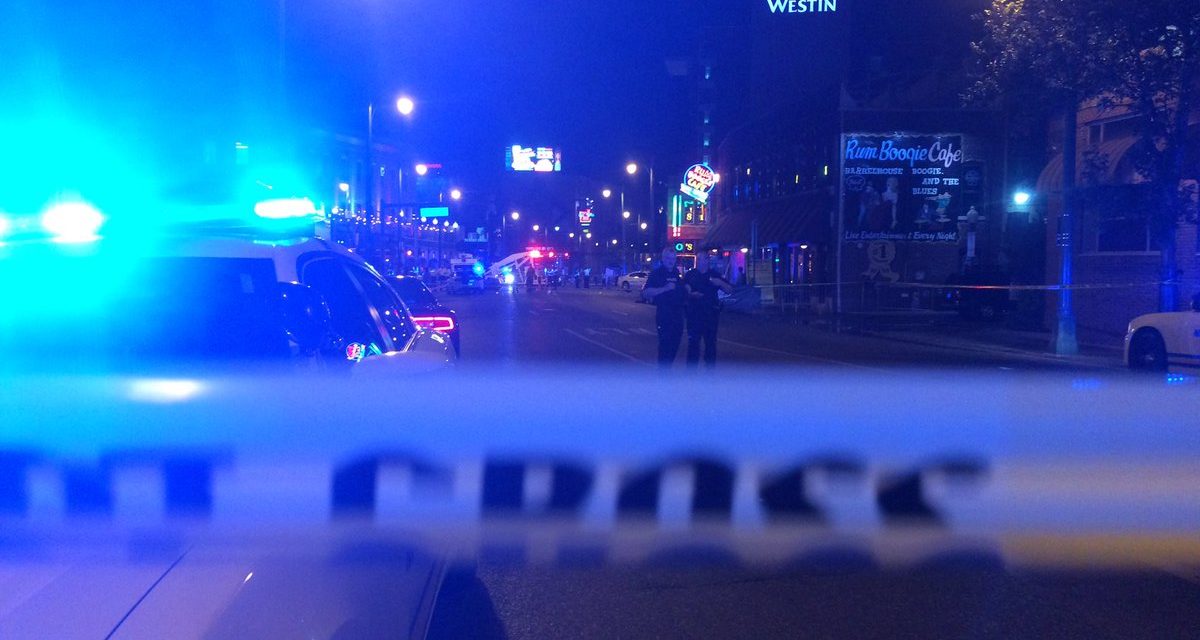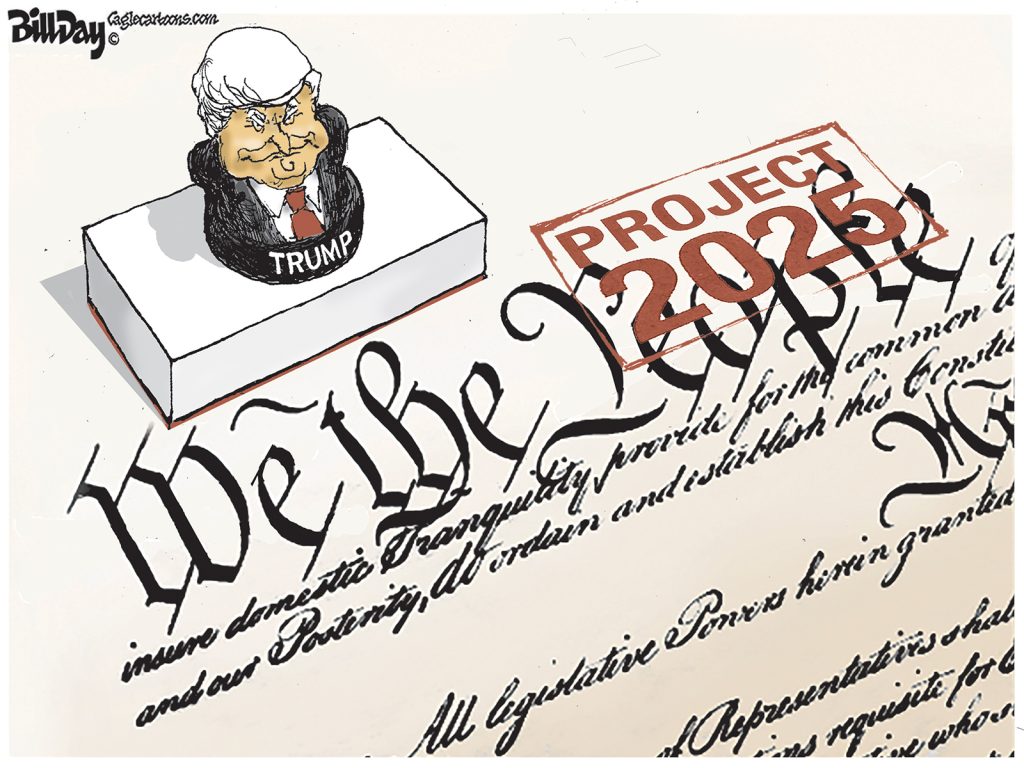Thumbnail: After 48 years of police directors chosen from within the Memphis Police Department culture, Memphis has the opportunity to bring in new perspectives and new ideas with a new hire who is prepared to answer the key question: Does Memphis need more police or better police?
**
It’s been 48 years since someone from outside Memphis has been appointed director of Memphis Police Department.
It’s time to break that streak.
My last blog post was about how choices are being made with each decision but the powers-that-be don’t often see them that way. As a result, we have settled for incremental improvements that have done little to correct the underlying factors that are a drag on our community’s progress – income inequality, the immoral child poverty rates, absence of an economic development agenda that stresses quality rather than cheapness, and malignant systemic racism.
Memphis and Shelby County are presented with many choices that are pressing and long overdue for action. Their full impact may not be felt for some time.
Then, there are choices that are immediate and their impact can be felt immediately. One of these choices offers an immediate opportunity is the naming of a permanent director for MPD.
When Is More And More Enough
In the past, Memphis mayors have talked about a national search but have looked within MPD to fill the director’s position and it showed.
Because of it, directors were products of a culture that breeds ingrown solutions that don’t become best practices for other law enforcement agencies or become the breakthroughs needed to shake up business as usual at MPD.
In other words, choices are limited by a cultural context that sets lower expectations and limits possibilities. Maybe that’s why, while some other cities are reducing the number of police officers and seeing crime rate declines, Memphis returns time and time again to the simplistic answer that crime can be solved by hiring more and more police.
If we had a dollar for every time City Hall, MPD officers, and the Memphis/Shelby Crime Commission called for more police officers, there would be money for the investments needed by so many Memphis neighborhoods.
At a point when 40% of City of Memphis general fund expenditures is spent by Memphis Police Department, people can be forgiven for wondering when enough will be enough. The Strickland Administration’s goal of 2,400 police officers continues to be its gold standard. The report cited as the source for that number was written six years ago, and as far as we know, there’s never been an update in light of trend lines for the crime rate. In fact, we’re unaware of any time that the full report has been released.
Elusive LInks
Around the same time, a different report, this one from the Police Executive Research Forum, included several recommendations for improving MPD, which redrew its precinct maps and ignored everything else.
Interestingly, at roughly the same time, City of Memphis’ own Five-Year Strategic Fiscal Management Plan by David Eichenthal of The PFM Group, Rick Masson Consulting, and V. Lynn Evans, Community Capital, said:
The link between the number of police officers and crime rate reduction is, at best, elusive. Different studies have found different relationships and data suggest variation by city. Other approaches related to crime prevention, prosecution and punishment may have as much, if not more, of an impact on crime reduction and often come at a lower cost than sworn police officers. For instance, the following alternatives to additional sworn police personnel, when implemented and managed properly, have shown significant policy and fiscal impacts:
- Teen courts and family-based therapy for juvenile offenders
- Restorative justice for low risk offenders
- Employment and job training for prior offenders
- Intensive supervision
- Community-based drug treatment programs
A Different Approach
The report added: “Increasing the number of sworn officers – as Memphis did – is not the only method to reduce violent crime. Between 2006 and 2011, seven US cities of 500,000 or more residents achieved violent crime rate reductions of greater than 25 percent – a quarter more than Memphis. No city with 500,000 or more residents had an increase in officers per 100,000 residents greater than Memphis, and three other cities of 500,000 or more residents achieved violent crime rate decreases with a reduction in officers per capita.
“Within Tennessee, Nashville achieved a 22.7 percent reduction in violent crime between 2006 and 2011 – and slightly reduced its number of sworn officers per 100,000 residents. During this time, other cities decreased FTEs and sworn officers per 100,000 residents and achieved greater reductions in violent crime.”
The report also suggested that the number of sworn officers in Memphis was bloated as a result of the reduction of less expensive civilian positions and replaced by officers. According to the FBI’s Uniform Crime Report, MPD had 1,975; 1,990; 2,056; and 2,098 sworn officers for the years 2005 to 2008. Those also happened to be the years when the crime rate began a downward slide.
The point is that conversations about the future of Memphis Police Department and the appointment of its director are locked within a reinforcing loop of data supplied by entities that have vested interest in justifying more police.
History Lessons
Back to the original point of this blog, it’s an appropriate time for someone with fresh perspectives into police services, a proven record of positive community relationships, and a record of innovation. The best way to guarantee this will happen is with the appointment of someone who’s not in and of MPD.
The easy decision is for the mayor to appoint acting director Michael Rallings. After all, that’s what mayors have done all the way back to Mayor Willie W. Herenton. Time and time again, despite announcement after announcement that there would be a national search for the best possible police director, in the end, the appointment went to the interim or acting director each time.
The last appointment of someone who wasn’t part of the Memphis Police Department was E. Winslow (Buddy) Chapman, who took office in 1976 and served until 1983. He noticed that the high school graduates being hired could not write at an eighth grade level so he started a curriculum for the police academy. A year after he was hired, he instituted a policy that police recruits would be required to have completed two years of college.
Mr. Chapman followed U.S. Marine Brigadier General Jay W. Hubbard who was appointed in 1972 and served until 1975. He is the only person hired as director who was not a resident of Memphis. He brought a firm approach to the discipline of the department and a command presence that refused to suffer fools kindly.
Since 1983, director after director has come from inside Memphis Police Department. Regardless of who applies for the job, the fundamental question which they should answer is: “Do we need more police or better police?”
The Usual Trope
We’ve heard a lot about how Camden reformed law enforcement with an emphasis on community policing which reduced its murder rate by 67% (although it’s still five times the national average). However, the real lesson from Camden is that big changes are possible, even if a police department is corrupt and there has never been a greater need for police accountability and public confidence.
A February 12, 2019, collaboration between the Marshall Project, the Commercial Appeal, and USA Today in a story written by Simone Weichselbaum and Wendi Thomas had the headline: “More cops. Is it the answer to fighting crime? Declining numbers of cops nationwide worry big city officials but experts say there is little evidence that more cops equals less crime.”
The story said: “Memphis is unusual in taking money from the private sector to pay cops, but it reflects a popular trope that blames shrinking police forces for violence. Jeff Sessions, during his short tenure as attorney general, played that theme before police audiences, and it has become routine for national police leaders to complain that the politics of Black Lives Matter and viral videos of police killing civilians, along with low pay, have made it harder to recruit and retain qualified officers.
“Data shows that the raw numbers of police have declined over the past five years, and the rate of police officers per 1,000 residents has been dropping for two decades. At the same time, the violent crime has also dropped.”
That fact suggests one thing that is never referred to when the mantra for more police officers is chanted here: Is the decline in crime in Memphis just the result of more and more officers or is it a local reflection of the national trend line?
With the inevitable pushback from the Memphis Police Association to anything that sounds like it might shake up the status quo in which it has outsized impact, it becomes harder for Mayor Jim Strickland to do something that is now considered revolutionary in Memphis: bringing in someone that isn’t a product of the very department that person needs to improve.
**
Join us at the Smart City Memphis Facebook page for daily articles, reports, and studies.




